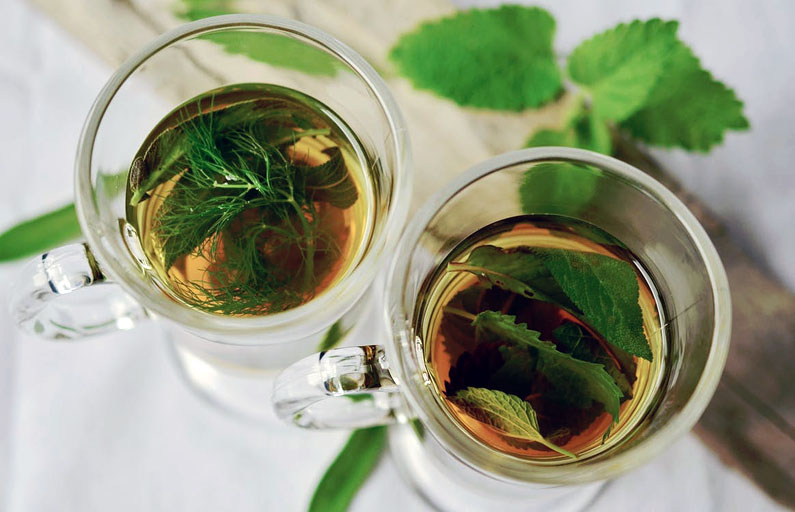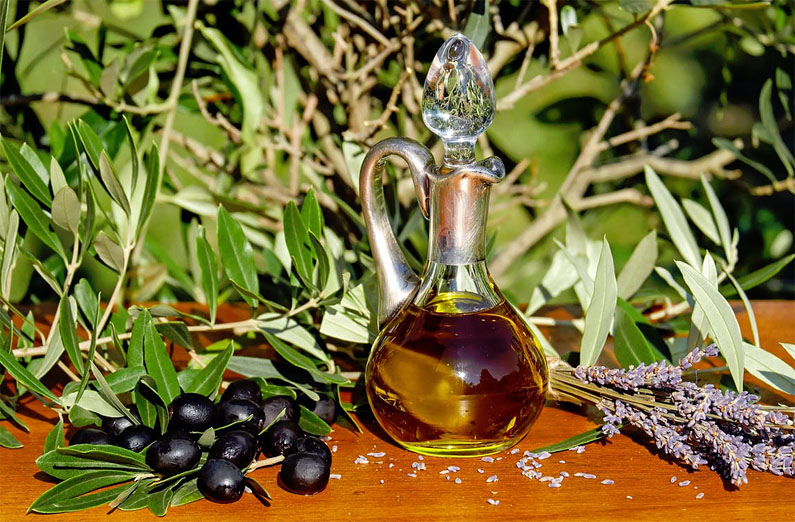My guilty secret? Binge watching bad TV on Sunday afternoons after I’ve put the greenhouses ‘to bed’. I get the biggest kick out of the commercials, especially the one for a well-known heartburn medication. Basically, the message is this: stuff your face until your body produces so much acid to deal with so much food and take this pill so you can ignore the warning signs your body is giving you and keep stuffing your face.
We’ve lost the art of looking after ourselves. I know people who treat their cars better than they treat their own bodies. They know more about the intricacies of a football play than they do about their own emotional well being. We’ve become really dependent on other people and other properties to take care of what is ours; we are reliant on those ‘purple pills’ to feel good. We have started to treat the symptoms (acid reflux) but not the root causes (glutony).
Don’t get me wrong. I’m am both thrilled and lucky to have access to exceptional care in this age of ‘modern medicine‘. And, we never, ever advocate the use of herbal remedies without the advice of health professionals. However, it is important to remember that for most of mankind’s history, natural medicine has been used as a preventative measure. I’m only pointing to the fact that there is an important role for medicinal herbs in the management of common health issues and in the maintenance of general health.
The Truth About Medicinal Herbs
A word of caution: As consumer demand for herbal products has grown, ‘big business’ has moved in and as a result, there is a great deal of misinformation ‘out there’. Therapeutic claims that are backed not by good science, but by ‘testimonials’. As my dad likes to say, ‘if it were that easy, everybody would be doing it’. Buyer beware – Ginko will not reverse dementia. But, mint will calm the digestive system. Echinacea can boost the immune system. Aloe Vera is an excellent antiseptic and antifungal. Migraines can be relieved by feverfew.
The medicinal herb industry is growing, and more and more research is being conducted on these plants. Most recently we’ve seen how CBD can be extracted from the cannabis plant and used to treat all kinds of ailments, from stress to joint pains. It comes in a variety of different formats too, for example, you can now get full spectrum cbd – water soluble which is ultra-easy to administer. This growing knowledge base is a good thing. Remember, herbs can be potent. There are some herbs that can make you very sick, and even kill you. So, just make sure you know what you are doing, and what you are using. If you have any doubts, remember you can find lots of herbal remedies online, such as Samento, which will have been professionally prepared and are safe to consume. Proper dosages, interactions with other drugs (particularly pharmaceuticals), cautious use among children and pregnant women and of course, before you begin any herbal remedy, consult your doctor.
Holistic Healing with Herbs
Speaking of doctors … not sure you are going to find a lot of ‘buy in’ among the medical community for holistic healing. According to our friends at Rodale, modern folk medicine is based on the philosophy of vitalism:
“Vitalism is the belief that life is unique, and that it possesses qualities that cannot be defined in simple terms of anatomy and physical makeup.”
The empirical approach is based on practical experience, rather than the rational search for knowledge using established laws and principles. You can see where this is going …. Yes, traditional medicine will use active ingredients in the plant, but they are extracted or chemically duplicated. Yes, we value the ingredient in that plant, but it is so expensive to grow … so we can synthesize in the lab! Whereas traditional herbalists are going to insist upon the unadulterated herb. Purists.

How Medicine Has Changed
At the turn of the last century, almost every drug your grandparent (parent perhaps?) took was made from plants; almost 80% of all pharmaceuticals were made of botanical material. Going back into history, we can see evidence of medicinal plants, and even fungi, used extensively to heal and keep the body and mind in their optimal condition. In fact, today too, we see the vast array of herbs and medicinal fungi such as cordyceps mushrooms used in Traditional Asian Medicine being recognized and used widely as a way to maintain a healthy body-mind by many people around the world. As drug companies gained ground on the research department, they were able to identify the active ingredients in these plant remedies. Where they could, they duplicated them in the lab and many of the plant drugs were abandoned. Too expensive to grow or process, too hard to find, and the challenges of variations in the plant’s active ingredients. However, by some estimates, at least 25% of all medicines used today are coming from medicinal plants.

So, how do you turn that lovely little plant growing happily in your garden into a natural remedy? There are actually a number of methods commonly used:
- Infusion: basically, you are making a tea with either dried or fresh herbs. The plant parts are steeped in boiling water for about 10 minutes, and it is usually ingested as warm although it can be iced.
- Decoction: is the same process as you use for infusions, but it is steeped for a much longer period of time.
- Tincture: the essential plant parts are dissolved in a water-alcohol solution.
- Ointment: is a combination of an oily substance, olive oil mixed with bee’s wax, and plant parts.
- Poultice: plant parts are applied to the skin with moist heat.
As you can see, there are basically 3 ‘carriers’ for herbal remedies – water, oil and alcohol. However, don’t forget the easiest and quickest delivery method of all – adding the herb fresh to your food! There are a lot of different ‘recipes’ for these various techniques, and a quick Google search should result in at least a few good tips. Fresh herbs also provide Phytonutrients, bioactive compounds, found in foods, that promote health.

Healing Herbs for a Healing Garden
Want to start, or add to, your healing garden? Below are a few of the herbs you can grow, shop our Medicinal Herbs category for a much larger selection.


I agree with everything you said right down until you got to the carrier part, vinegar is also a great carrier of the nutrients and excellent made into infusions that can be used in a myriad of foods. For example I make a spiced peach vinegar that ages for well over a month, I add it to yogurt, fruit, tea, my cooking etc. I have a host of vinegars and they are all made from raw apple cider, and red wine vinegars which also have a place in a healthy diet.
How to make the peach vinegar?
Thank you for reminding us of the tastiest ‘carrier’ there is! And, we appreciate the tips on how you are using vinegar.
What a great article. As an herbalist, I felt compelled to correct your difference between infusion and decoction. An infusion is made with the delicate plant parts such as leaves and flowers, which are steeped after the water has boiled. A decoction is made with the coarser plant parts like stems, bark and roots, which need to be boiled for about 20 min. to extract the medicinal components.
Teresa, thanks for that catch. I noticed it as well. May I add that infusions can be steeped for up to 8 hours, and can be made with 1 ounce dried herb to a quart of just boiled water.
I just love peppermint, Its such a great herb and it can be used in many dishes too, Almost all of these lovely herbs can be used in dishes and they really enhance the flavor. I have been planting herbs for some time and has guided many people through the herb gardening process. I think everyone should have these herbs available at all times
However, don’t forget the easiest and quickest delivery method of all – adding the herb fresh to your food!
This is informative blog. Thanks for sharing